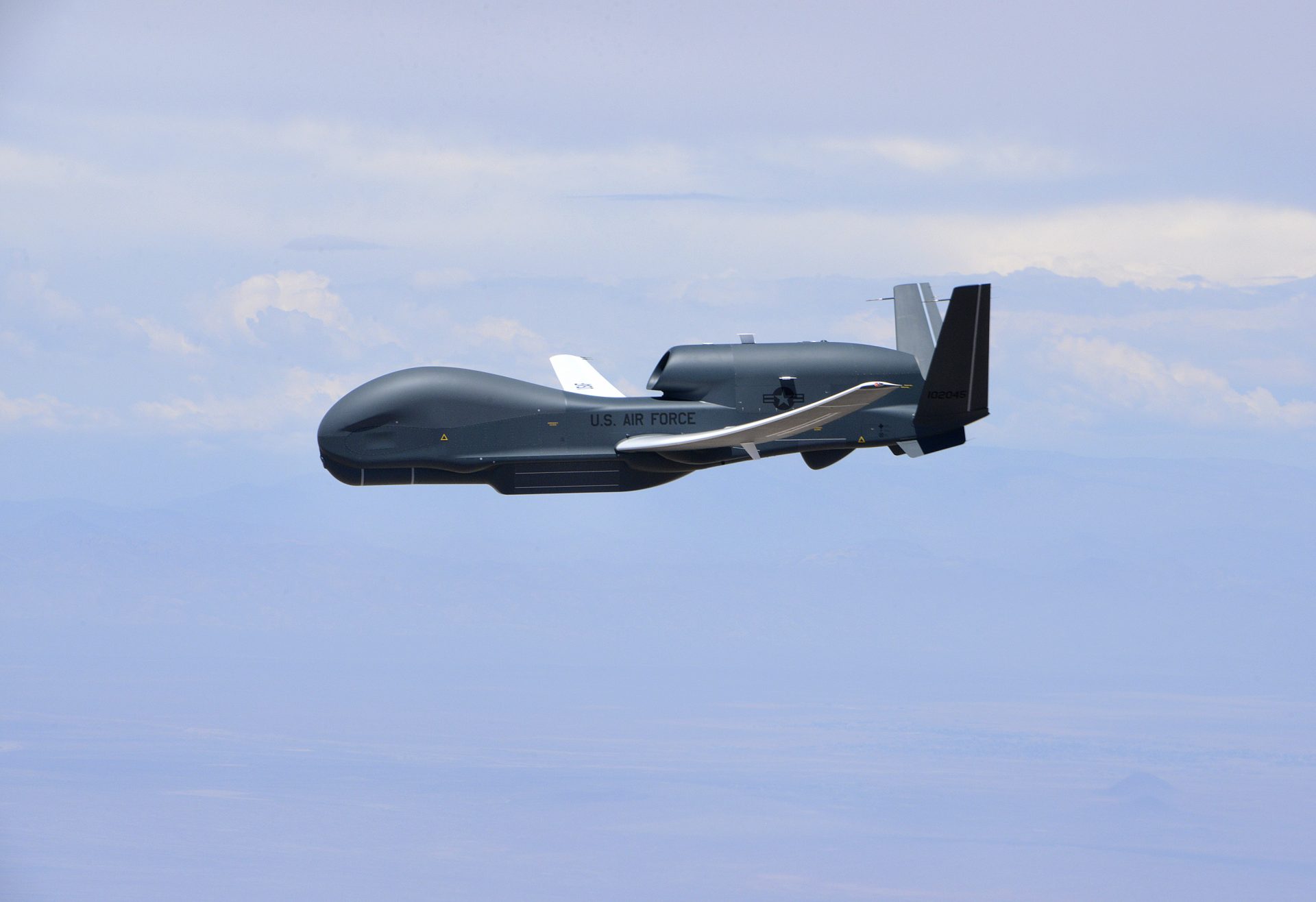
Since 2001, when the U.S. Air Force deployed the Northrop Grumman-developed RQ-4 Global Hawk — a high-altitude, long-endurance unmanned aircraft system— Air Force pilots and payload sensor operators have been managing the aircraft’s intel-gathering activities from a legacy ground system. This has been a less-than-ideal condition for the operators and technology based on early 2000’s computing capabilities with limits to functionality.
But that’s all changing under the company’s Ground Segment Modernization Program (GSMP) contract with the Air Force.
“One of the primary benefits of GSMP is to get operators out of those jammed ground stations into a modern system,” explained Stan Zipper, Northrop Grumman’s program director for Global Hawk development. “This modernization program provides an opportunity to replace the aging hardware and software technology from the legacy ground control systems.”
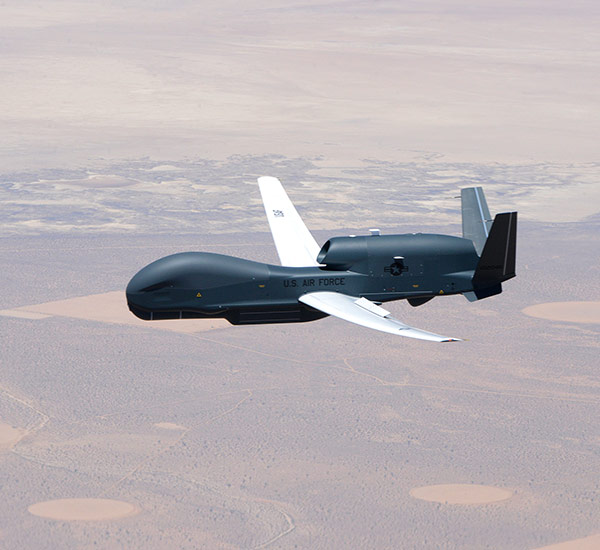
Gathering Intelligence and Data for the Customer
As Zipper noted, the RQ-4 ground segment includes the operator interface or cockpit for the high-altitude, long-endurance autonomous aircraft. The modernized system allows remote operators to command and control the aircraft, monitor its health and status, and receive and review payload intelligence, surveillance and reconnaissance (ISR) data. The data gathered by the aircraft is sent to ISR analysts.
The ground segment also provides mission coordination and supports requests for additional data products from government customers. Ground operators communicate with the unmanned aircraft either via satellite or with a line-of-sight data link.
Delivering Data and Design for Interoperability
Leveraging agile development and an open architecture design, the GSMP team transformed both the human-machine interface and the underlying software, paving the way for interoperability with other Air Force systems, enhanced responsiveness to ad hoc tasking, and lower impact updates in the future. According to Zipper, GSMP is the first full redesign of the ground segment in its history.
“There have been many small software upgrades to the ground segment over time,” he noted.
“The GSMP modernized system integrates all of the data from those previous upgrades on a single operator display, which enhances situational awareness and allows them to make better decisions in real-time.”
“This upgrade is all about getting data to the people who need it faster,” Zipper emphasized.
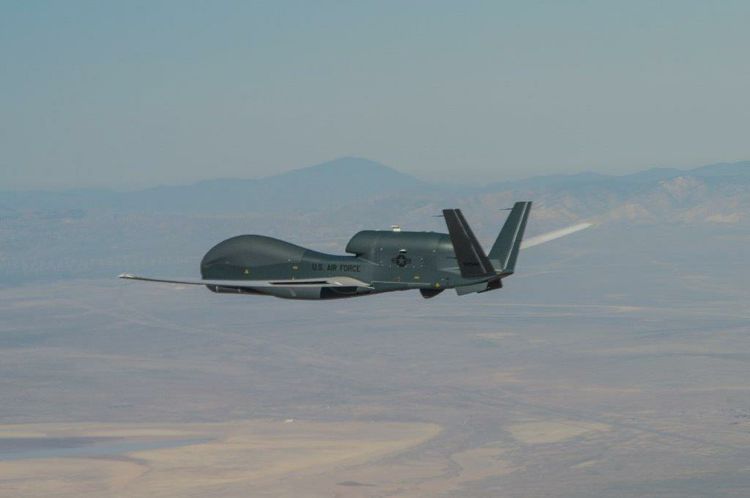
Upgrading the Operator Experience
Each new RQ-4 GSMP ground segment is housed in a modern, climate-controlled building and includes 10 Global Hawk cockpits. Legacy ground segments were strictly “single-cockpit” installations, so they could control only a single aircraft. Each new cockpit features four ergonomic workstations, each of which can support the work of a pilot, sensor operator or maintainer.
According to Zipper, the coolest thing about this new man-machine interface is that now any pilot can control any Global Hawk variant from any cockpit.
“In the past, a pilot would have to reconfigure the ground segment each time they wanted to fly a different variant,” he said. “With the new system, a pilot can sit down at any cockpit and use a pull-down menu to select the type of air vehicle they want to control.”
Adding Modularity and Flexibility with Open Architecture
The modernized ground segment also features a more modern approach to hardware and software, explained Zipper. “We’re using a modular, COTS (commercial-off-the-shelf)-based open architecture that will make the ground segment easier to reconfigure, easier to maintain and easier to extend or update with new capabilities,” he said.
The new software also includes algorithms that automate the payload collections and mission-planning processes — two examples of digital transformation activities that were previously performed manually by ground operators.
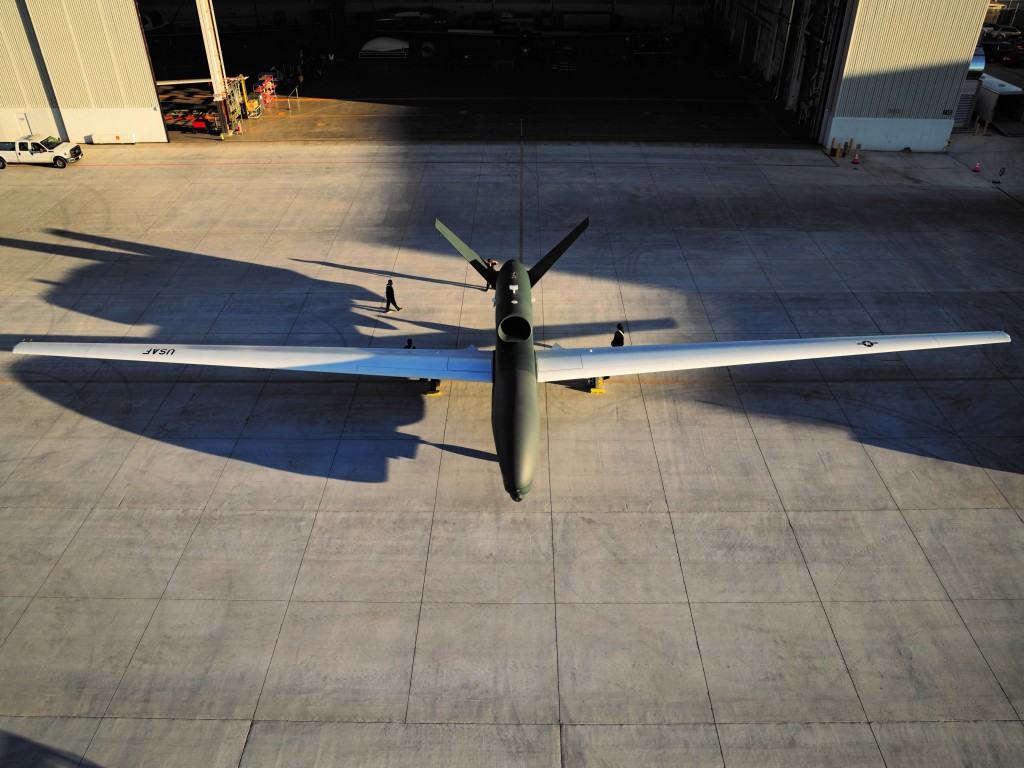
Digital Transformation Enhances Productivity
Zipper enthused that the net result of these improvements is increased productivity for RQ-4 operators.
“The interoperability with Air Force networked assets and resources, the physical improvements, the integrated operator screens, the computing, processing and software enhancements, and the new automated mission planning allow operators to spend less time setting up their mission and more time collecting the required data, executing their mission and responding to real-time change and customer requests,” he said.
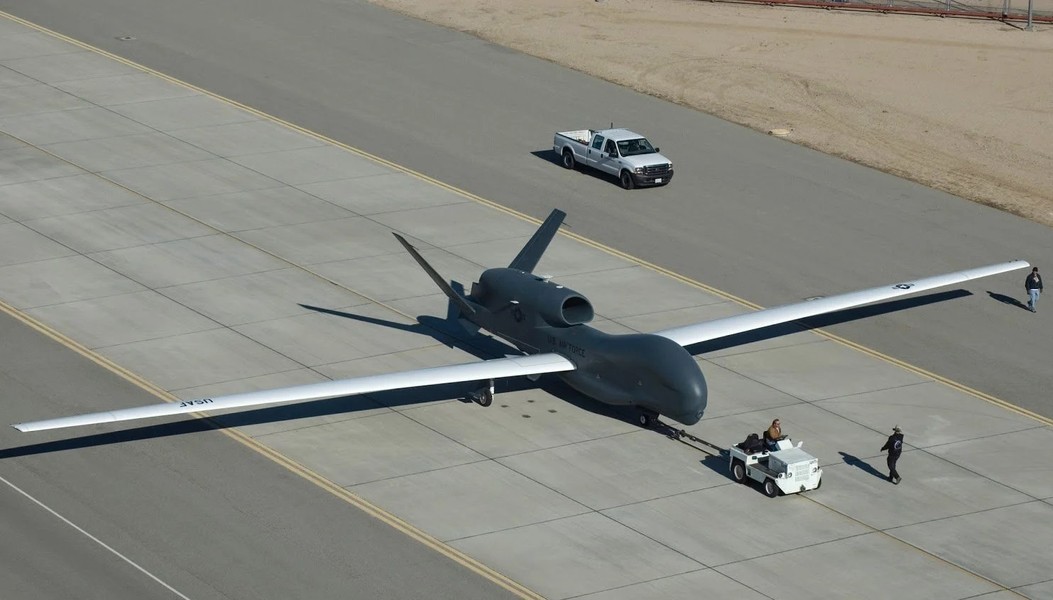
Flight Testing Reality
To date, Northrop Grumman has conducted flight tests at Edwards Air Force Base (AFB) in California of the first GSMP ground segment to verify and validate the new system meets government requirements.
“We’ve demonstrated that the ground segment can command and control the air vehicle and its payloads,” said Zipper. “We plan to begin additional flight tests in Q4 2021 to focus on validating the new network interfaces that provide tasking for the RQ-4, situational awareness data and additional channels for payload product dissemination.”
The team is currently completing the build out of two new operational GSMP systems. These systems are located at Beale AFB in California and Grand Forks AFB in North Dakota. Those sites are scheduled to host operational test and evaluation of the system in 2022, with fielding of the new segments expected in early 2023.Blending Imagination with Teamwork
There’s still work to be done to make the new ground segments available to Air Force operators, but Zipper is proud of the foundation that his team has laid for the future.
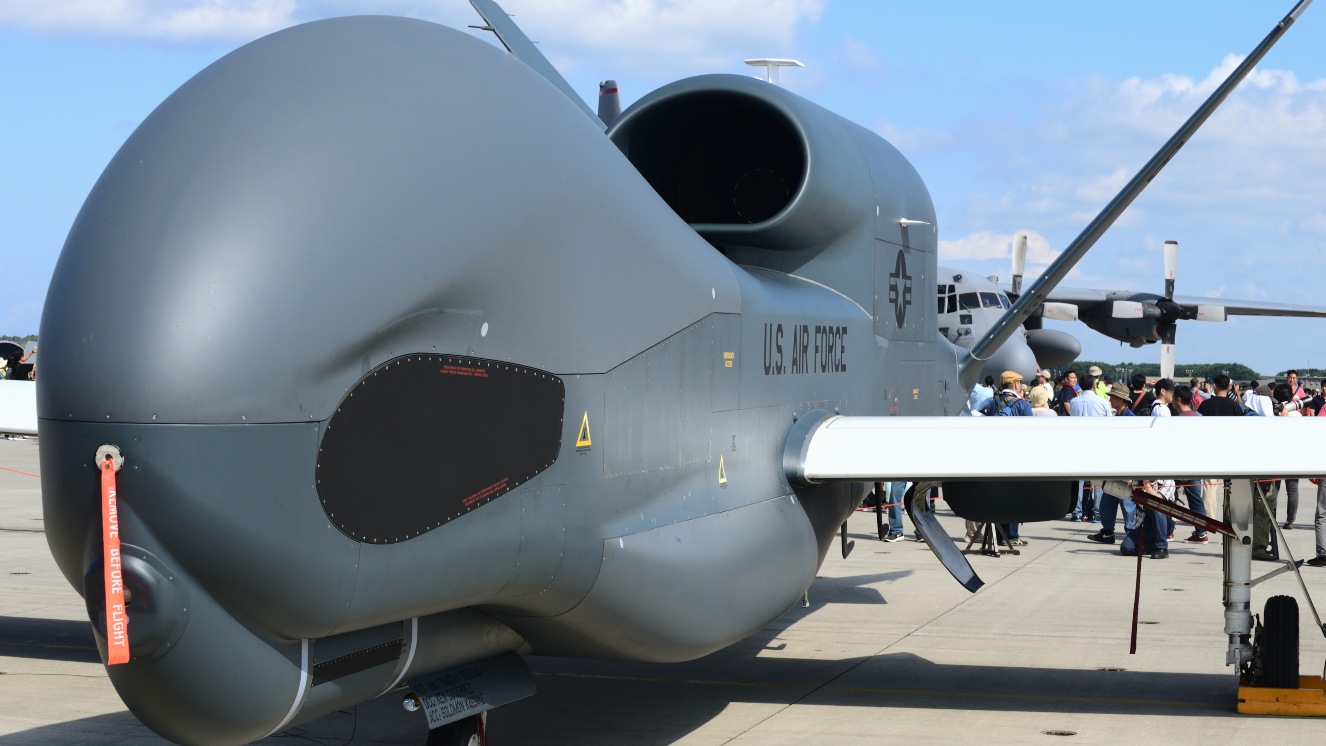
“To develop this new capability and mature it to a point where we’re ready for our final round of flight tests, we had to be agile,” he noted. “We had to decompose a rather complex system, integrate it with new capabilities, then determine how best to deliver the system in appropriate increments of capability.”
Along the way, the team partnered with the Air Force to design and build the GSMP ground segment to get critical data to key decision makers faster.
“Great teamwork is a cornerstone of the Global Hawk program,” Zipper observed. “We look forward to continuing our partnership for many years to come.”
Soucre: northropgrumman.com





